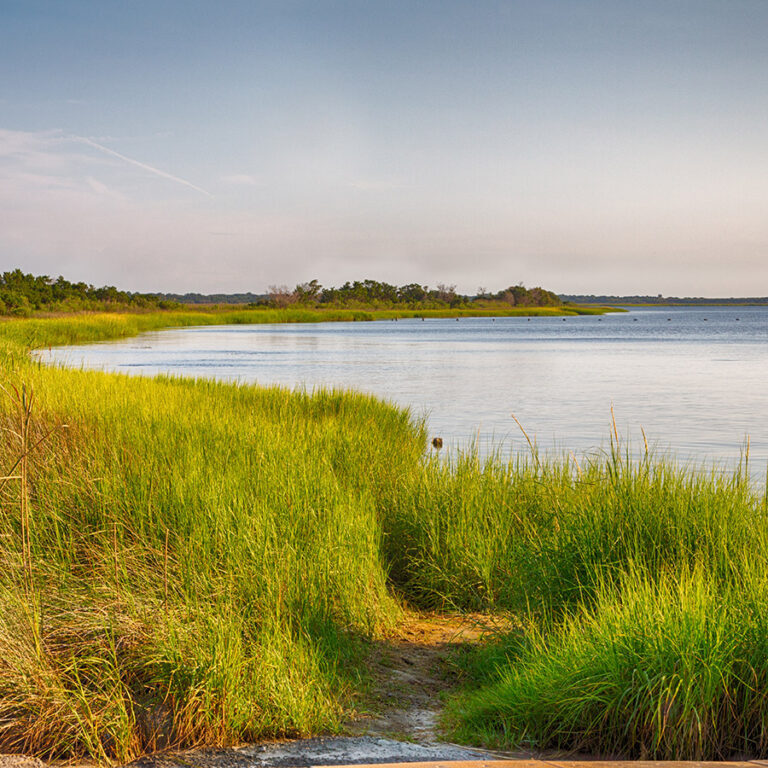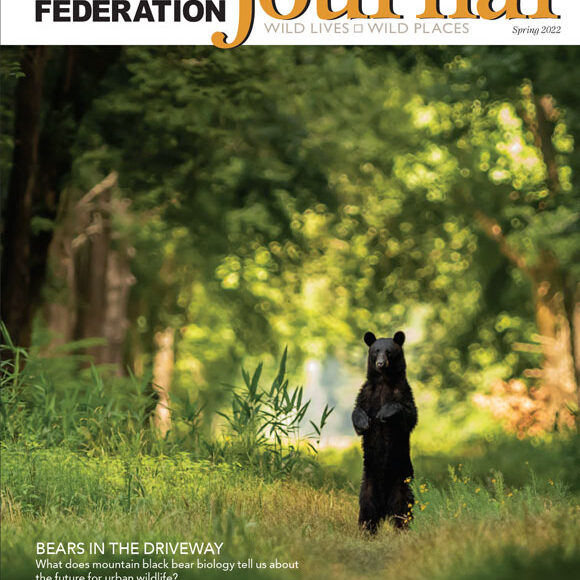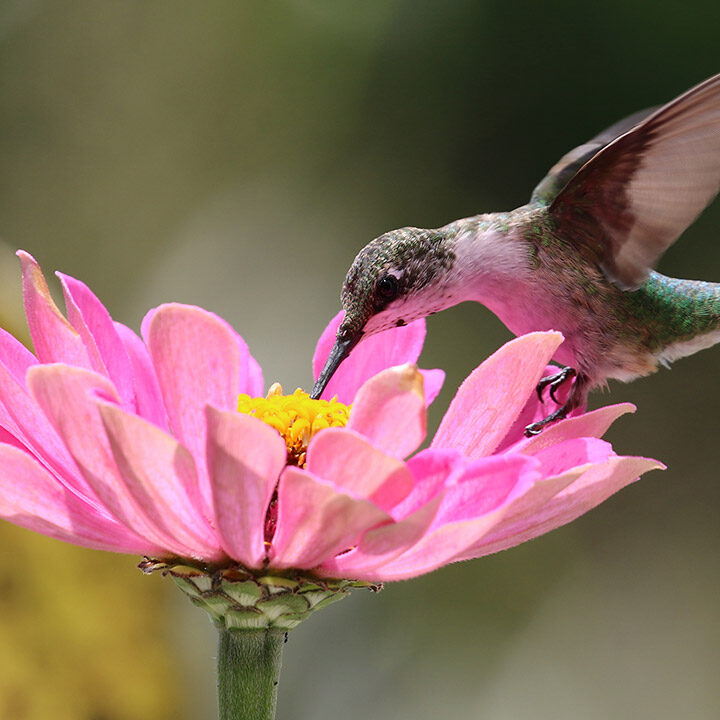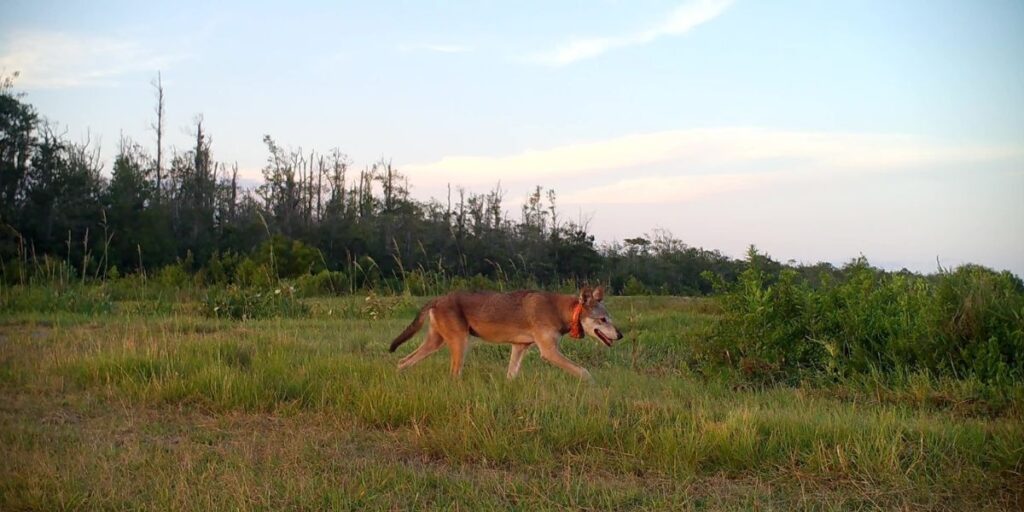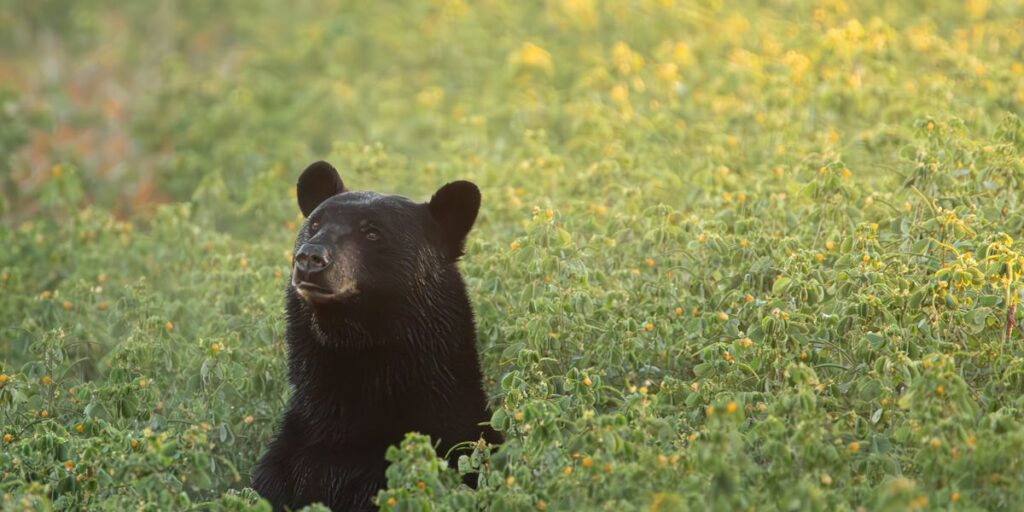Blogs & News
Photo by: Steve Genkins
NCWF Blog
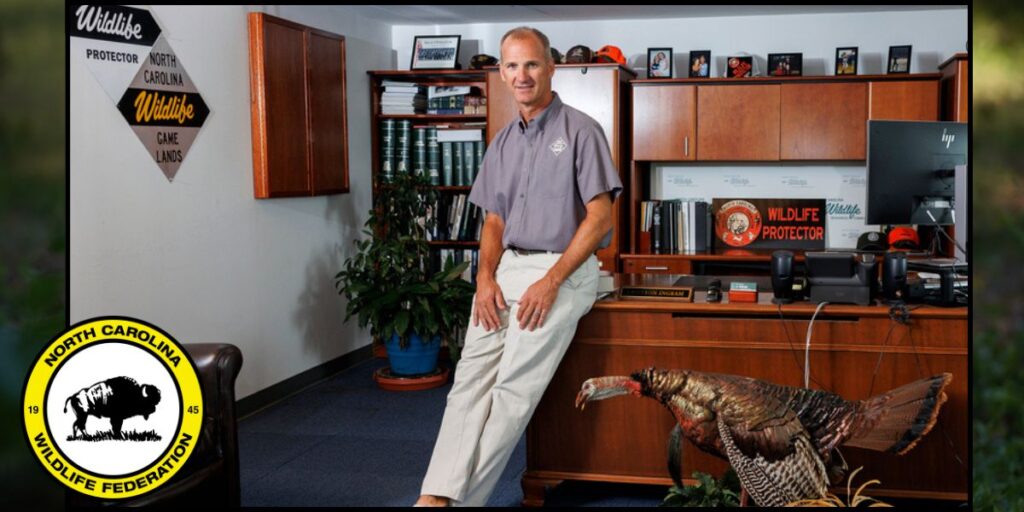
Protecting A Future for North Carolina’s Wildlife: An Interview with Wildlife Conservationist of the Year Cameron Ingram
Each year, NCWF recognizes conservation champions across North Carolina for their dedication to protecting, conserving, and restoring the state’s wildlife and habitats. The Wildlife Conservationist of the Year award is…
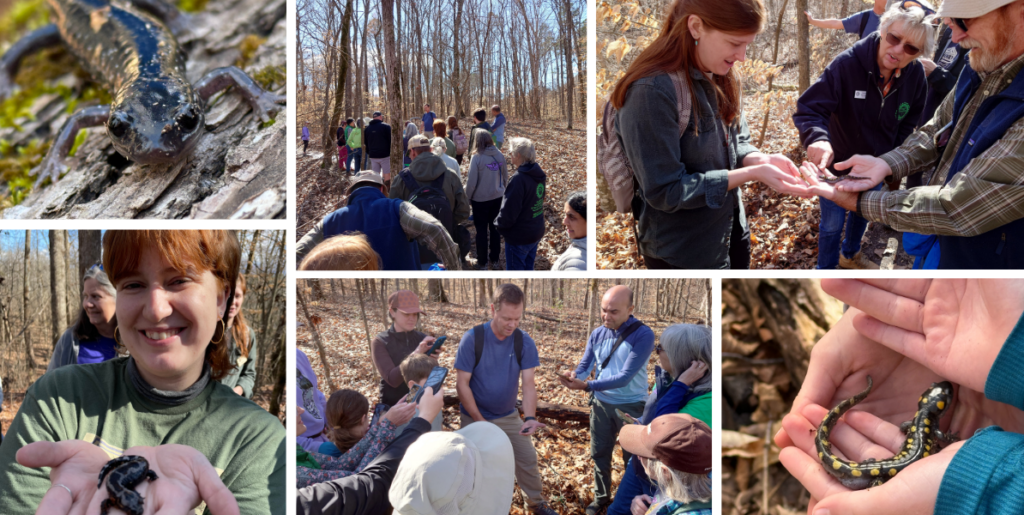
Thanks to Our Volunteers! – February 2025 Community Wildlife Chapter Updates
North Carolina Wildlife Federation staff and Community Wildlife Chapter volunteers were in full swing throughout the month of February, they connected people to the outdoors via webinars, native tree and…
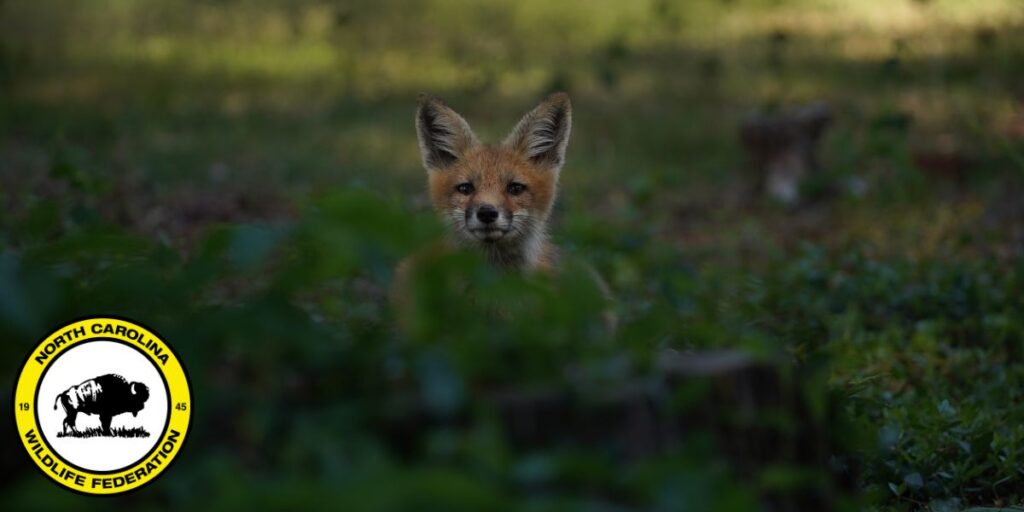
Habitats and HOAs -10 Ways to Create a Wildlife Habitat Within Community Guidelines
North Carolina, like much of our country, faces a significant habitat problem. The available spaces where wildlife can thrive—finding food, water, shelter, and safe places to raise young—are increasingly scarce. …
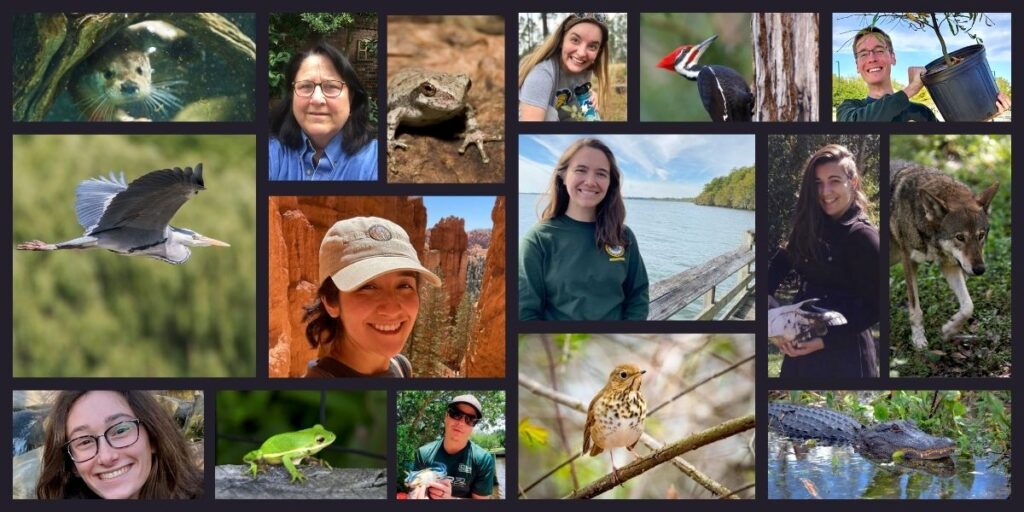
Statewide Conservation in Action – Meet the NCWF Outreach Team!
Are you new to NCWF or looking to learn more about our dedicated outreach team? We’ve got you covered. Protecting, conserving, and restoring wildlife across the state requires a collective…
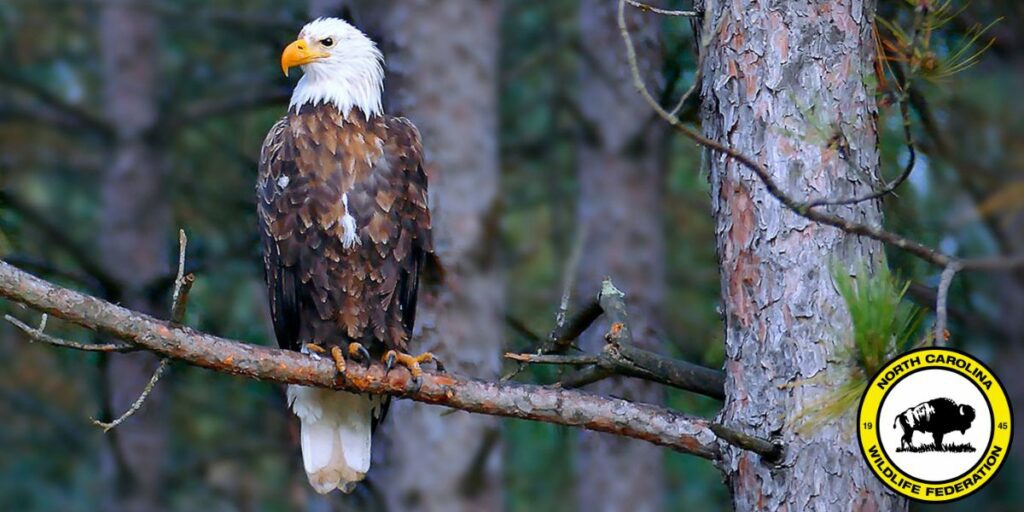
America’s Top 10 Federal Conservation Laws for the Protection, Preservation and Enhancement of Wildlife and Wild Places
When thinking about the recent work of the U.S. Congress, an old adage comes to mind: “To know where you are going, you have to know where you’ve been.” The…
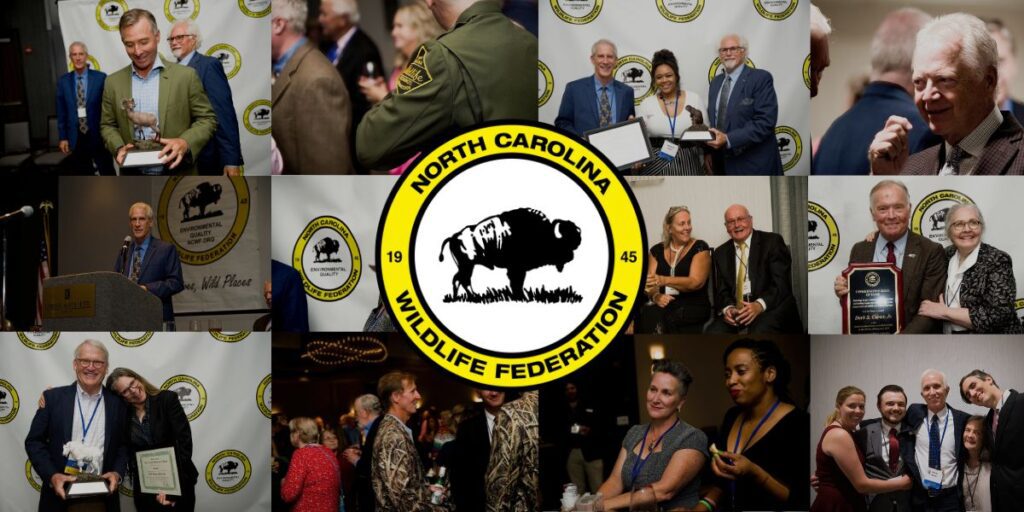
N.C. Wildlife Federation Announces 60th Annual Governor’s Conservation Achievement Award Recipients
North Carolina Wildlife Federation has announced the winners of its 60th Annual Governor’s Conservation Achievement Awards. Honorees for 2025 include agency professionals, elected officials, volunteers and organizations committed to North…
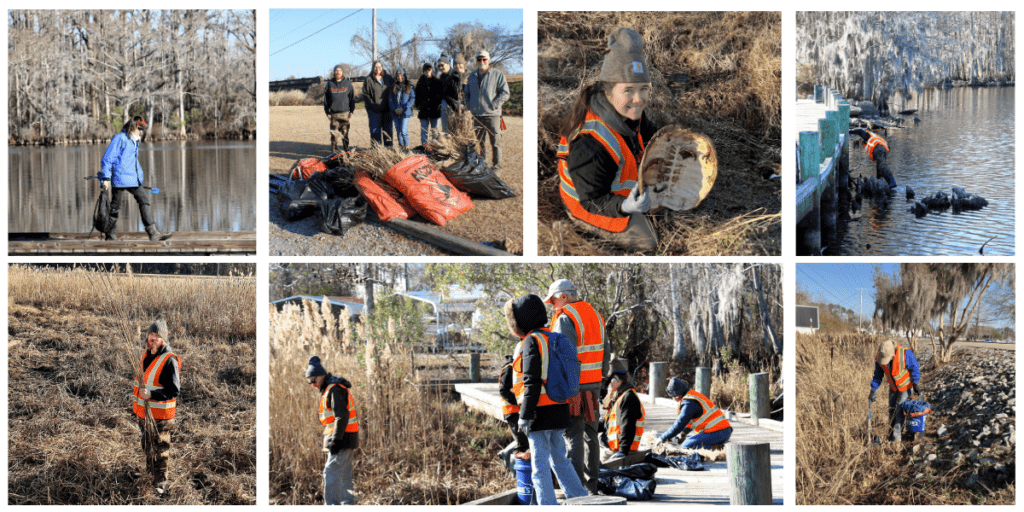
Thanks to Our Volunteers! – January 2025 Community Wildlife Chapter Updates
North Carolina Wildlife Federation staff and Community Wildlife Chapter volunteers were in full swing throughout the month of January, although they took a short hiatus for the holiday they still…
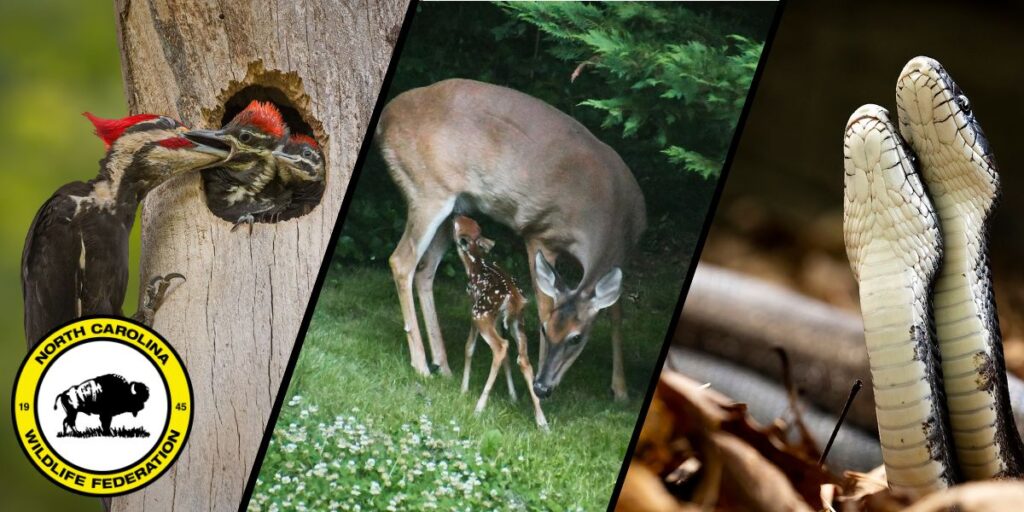
Family Matters – Explore North Carolina’s Wildlife Family Units
For some, it’s the sound of chicks chirping from a porchside wren nest. For others, it’s the sight of a doe and her yearling fawns from a deer stand. Or…
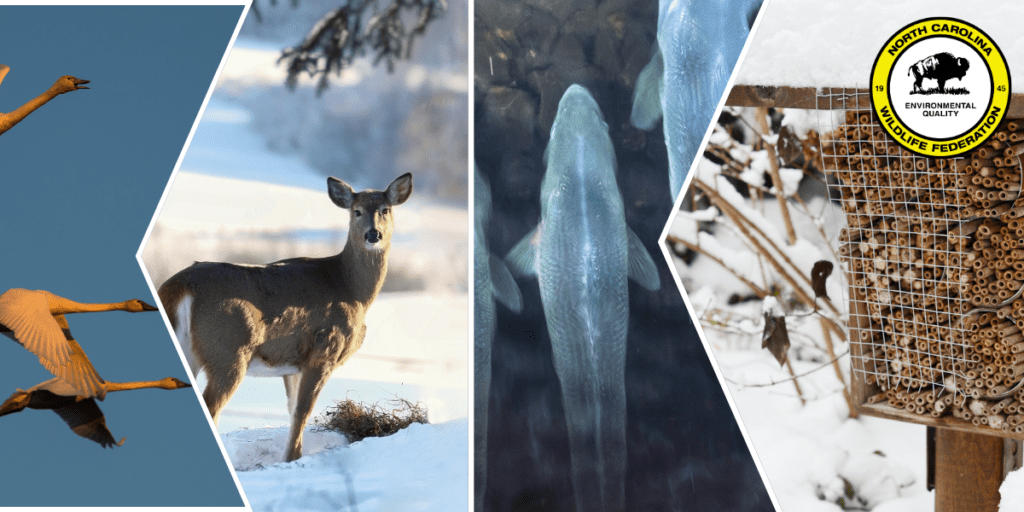
Wintering Wildlife – 3 Ways North Carolina Species Brave the Cold Season
What do you know about wintering wildlife? In December, the coldest months of the year are upon us. In the winter, you’re probably sitting in a temperature-controlled building, or wearing…
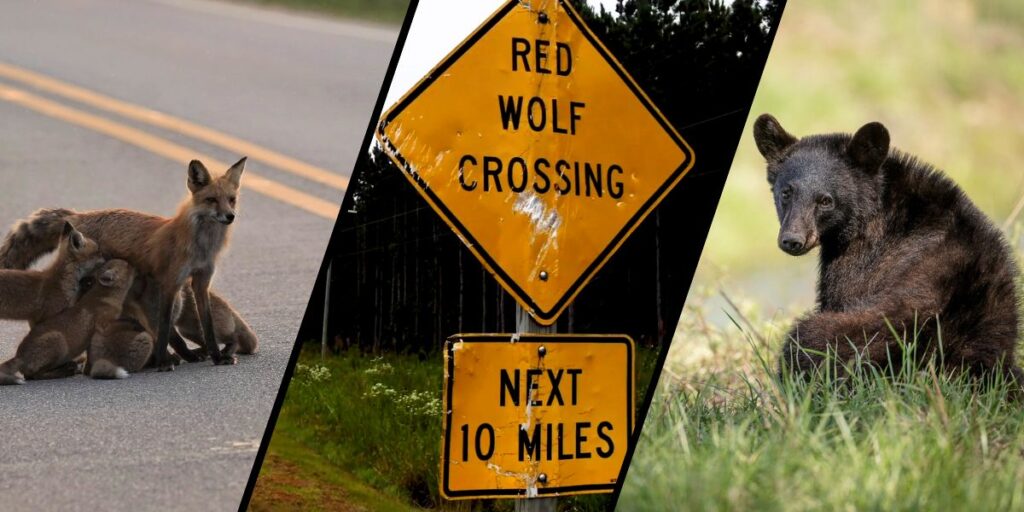
Exciting News for North Carolina Wildlife: A $25 Million Investment In Wildlife Crossings and Road Safety
Road Crossings Secure Safe Passage for NC Wildlife The Federal Highway Administration awarded $25 million to North Carolina for wildlife crossings, making roads safer for wildlife and people. This is…


